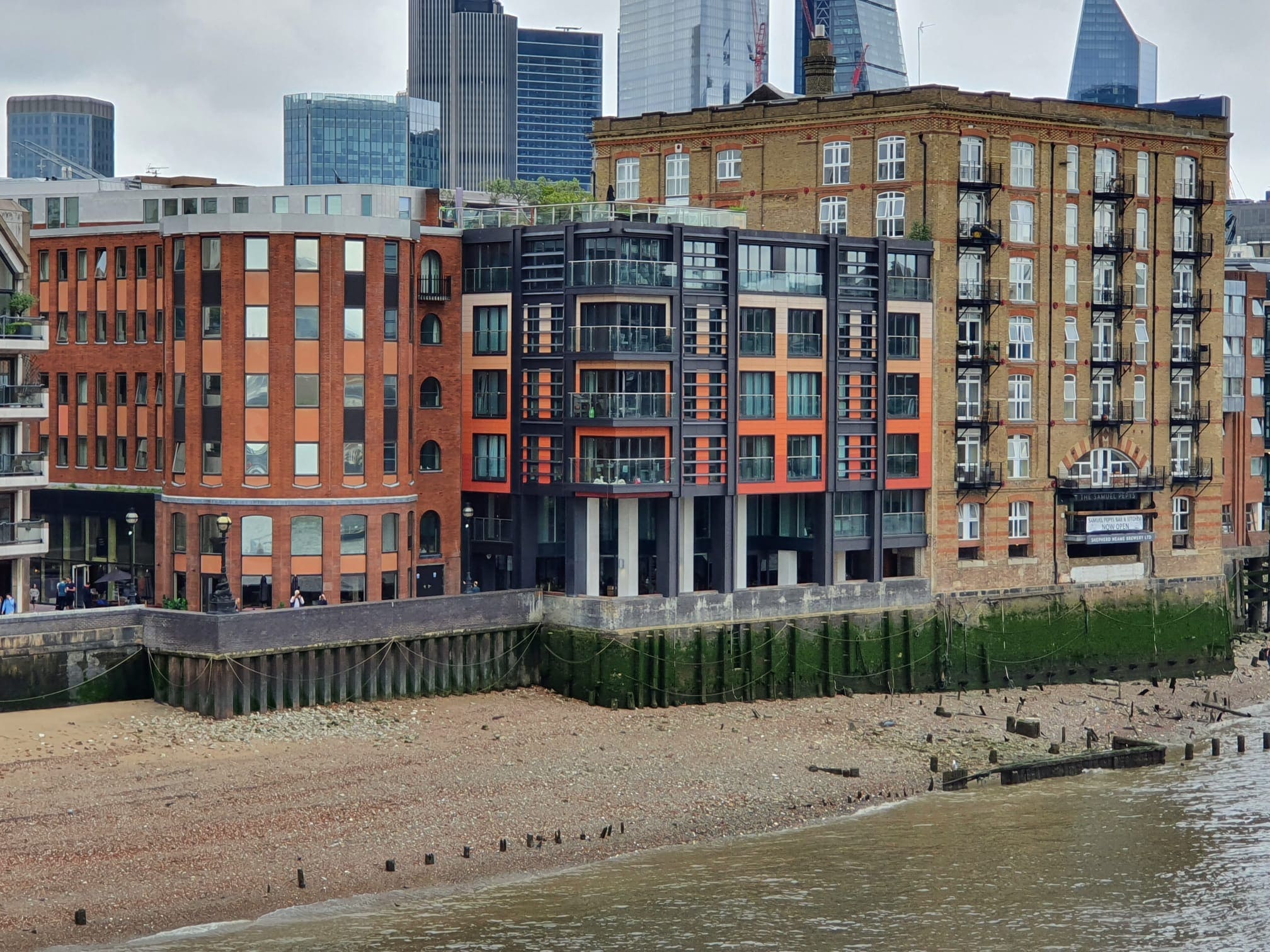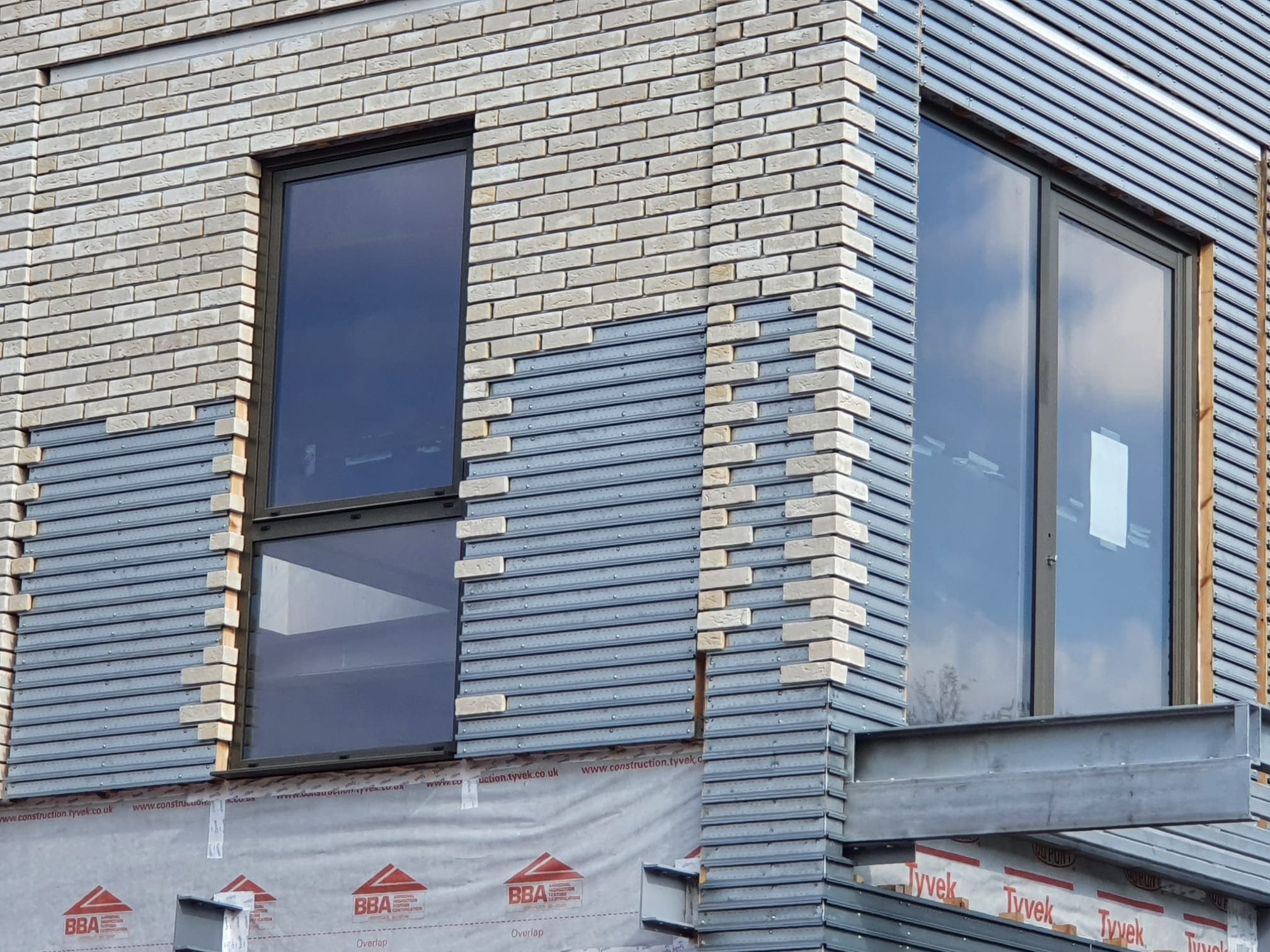 Mary-Anne Bowring 19/07/2025
Mary-Anne Bowring 19/07/2025
 1
1
 0
0
Building Safety: which Managing Agents are really up to the job?
The UK housing market, already under strain due to rising energy prices and inflation linked to the ongoing conflict in Ukraine and other global disruptions, faces an additional layer of financial stress for leaseholders in high-rise residential buildings. This comes in the form of escalating costs due to building safety regulations and rising taxes—many of which are felt most acutely by those living in buildings over 18 meters high. With many leaseholders already struggling to make ends meet, these additional expenses are creating an unsustainable financial burden.
That said the building safety regulations introduced in the wake of tragic events like the construction-to-begin-under-1225m-government-contract-'>construction-to-begin-under-1225m-government-contract-'>Grenfell Tower fire are undoubtedly necessary, as they prioritize the safety and wellbeing of residents in high-rise buildings. While these measures are crucial for ensuring the long-term safety of buildings, they come at a significant financial cost. Ensuring that buildings comply with the latest safety standards, from fire risk assessments to emergency evacuation plans, is not just about meeting the legal requirements but about protecting lives. However, navigating the complexities of these regulations can be overwhelming for leaseholders, especially when considering the ongoing financial burden they carry. It's crucial for leaseholders to find a managing agent who is not only well-versed in these regulations but also has robust systems in place to ensure compliance and accountability.
When choosing a managing agent, leaseholders need to be careful to select one that is genuinely up to speed with these evolving regulations. Ideally, the agent should have both internal and external audit regimes to meet the ISO 45001 standard, the international benchmark for occupational health and safety. In addition, the managing agent should be regulated by a respected body such as the Royal Institution of Chartered Surveyors (RICS), which sets professional and ethical standards for property management and ensures that agents are accountable to industry best practices. Leaseholders must take the time to vet potential managing agents, ensuring they are not only compliant with the regulations but also equipped with the necessary infrastructure to handle the complex and often costly demands of building safety. In considering value for money, here is what you need to know.
The Government’s Unmet Promise: The Building Safety Manager Role
One of the major sources of ongoing financial strain for leaseholders is the informal, and often unaffordable, Building Safety Manager (BSM) role. In theory, the government introduced this role to ensure the safety of residents in high-rise buildings following the construction-to-begin-under-1225m-government-contract-'>construction-to-begin-under-1225m-government-contract-'>Grenfell Tower fire. However, the government never formally created the position, leaving property management companies and building owners to bear the responsibility. As a result, leaseholders in buildings that meet the "over 18 meters" criteria are forced to pay approximately £2,000 to £3,000 per building per year for what is effectively an unauthorised and poorly defined role.
While the job’s core function is to coordinate and supervise building safety matters, its unregulated nature means that leaseholders are seeing their costs rise without the formal oversight and accountability they deserve. The government’s failure to properly formalise and fund this role has left leaseholders with few options but to shoulder the financial burden.
The Building Safety Case: Expensive and Ongoing Work
Beyond the informal BSM costs, there is the ongoing work related to developing a Building Safety Case, a comprehensive document required by the government to ensure buildings comply with fire and safety standards. This case includes detailed assessments of fire risks, structural safety measures, and evacuation procedures, among other things. The cost of creating and updating these safety cases can be astronomical, and in many cases, leaseholders have to bear the brunt of this expense.
The process often involves a combination of professional services, including fire risk assessments, structural surveys, and expert opinions on everything from building materials to fire escape routes. This can add significant costs to the overall burden—often running into thousands of pounds per building. On sites such as Wimbledon Stratia Ringley Fire Consulting is set to save leaseholders hundreds of thousands of pounds, not only by correct budgeting and accounting for the money actually needed, but also in prudent procurement.
Legal Hurdles and the Strain of the Building Safety Act
To make matters worse, the Leasehold and Freehold Reform Act 2024, which includes Schedule 8 para. 9(1A), added a further financial hurdle for leaseholders. Under this provision, leaseholders of buildings with a Management Company (ManCo) must now fund expert reports before they can make claims under the Building Safety Act. This is another significant expense for leaseholders, adding to the costs already associated with fire safety inspections, safety cases, and EWS1 renewals.
The implications of this are clear: the government's push to increase accountability for building safety has, in many cases, resulted in leaseholders being forced to fund experts to verify their claims. This means that legal claims or attempts to claim compensation for building safety failures are becoming increasingly difficult due to the financial barriers put in place by the government itself.
The Expiring EWS1 Forms: How long do they last? An Extra Financial Hit
Compounding the issue is the requirement for EWS1 forms, which assess the fire safety of high-rise buildings, particularly their cladding systems. These forms were initially meant to be valid for five years. However, with the changing regulatory landscape and growing concerns over fire risks, many of these forms have now expired, and leaseholders are facing the need to redo them at significant cost—often upwards of £7,000 per building.
This is a major financial hit for many leaseholders, especially those in buildings that may not have been built with fire safety in mind. Given the complexity of cladding issues and the need for expert assessments, the cost of renewing these safety checks is not a one-off payment but an ongoing issue that will continue to impact leaseholders for years to come.
New Monthly Building Safety Inspections: A Continuous Drain
Alongside the substantial upfront costs for EWS1 renewals, there are ongoing, recurring costs for Building Safety Act (BSA) life safety inspections. Each month, building owners or management companies must now ensure that inspections are carried out to ensure the building's compliance with safety regulations. These inspections, which cost around £75 per block per month, are becoming another regular financial drain on leaseholders.
With the number of safety-related checks growing and the legal requirements for regular inspections becoming stricter, leaseholders are seeing their annual outgoings rise. These inspections also require trained professionals, and if a building does not pass, there may be additional costs for remediation work.
Fire Door Inspections: A Necessity, Not a Choice
Another major financial burden for leaseholders is the inspection of fire doors within their buildings. This is another requirement of the Building Safety Act, and it involves a detailed inspection of every communal and residential door to ensure they are fit for purpose. On average, these inspections cost £18 to £20 per door when conducted at scale, and they are required four times per year for communal doors and once a year for residential doors.
For larger blocks with many doors, this quickly adds up, and leaseholders are often left with little choice but to pay for these inspections, despite the costs being far higher than originally anticipated.
Waking Watch Relief Fund: More Money Lost in Waiting
Finally, there is the Waking Watch Relief Fund 2023, which was designed to help buildings cover the cost of keeping fire watch patrols in place while waiting for remedial fire safety work to be done. However, before they can access this fund, leaseholders are required to implement a waking watch service, which is essentially an on-site security detail that ensures the building remains safe until fire risks are mitigated. This adds yet another layer of cost for leaseholders who are already struggling with high levels of expenditure related to building safety. What's more, the decision-making process regarding whether a building qualifies for funding can be slow, leaving leaseholders waiting for long periods before they see any relief.
A Perfect Storm of Financial Stress for Leaseholders
Taken together, the combination of rising taxes, energy inflation, and the escalating costs associated with building safety is creating a perfect storm of financial stress for leaseholders in high-rise buildings. From informal Building Safety Manager roles to the costs of fire door inspections, safety cases, and expert reports, leaseholders are facing significant and mounting expenses with little help from the government.
As things stand, many leaseholders are trapped in a cycle of financial burden, where every effort to secure their homes against fire risks and other safety hazards only seems to deepen their financial woes. While the government may have had good intentions with its regulatory reforms, the financial impact on leaseholders is clear—and without immediate intervention, the situation will only worsen. Leaseholders need urgent support, both in terms of financial relief and more coherent, manageable regulations that do not place an unbearable strain on those already under pressure.
If you are stressed or worried about building safety you will find the team at Ringley extremely approachable, James Paul leads our Fire Consulting Team, Jon Curtis our Buildng Surveying function and we cover the South West, Cardiff and the west as well as Manchester and the north and of course London and Greater London too.





Meet our Expert Property Commentators



























